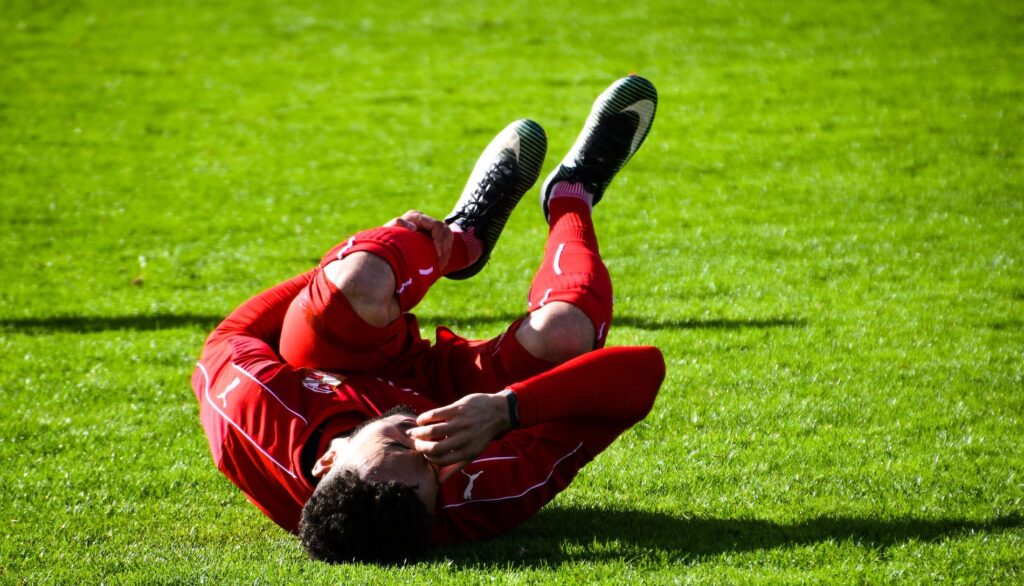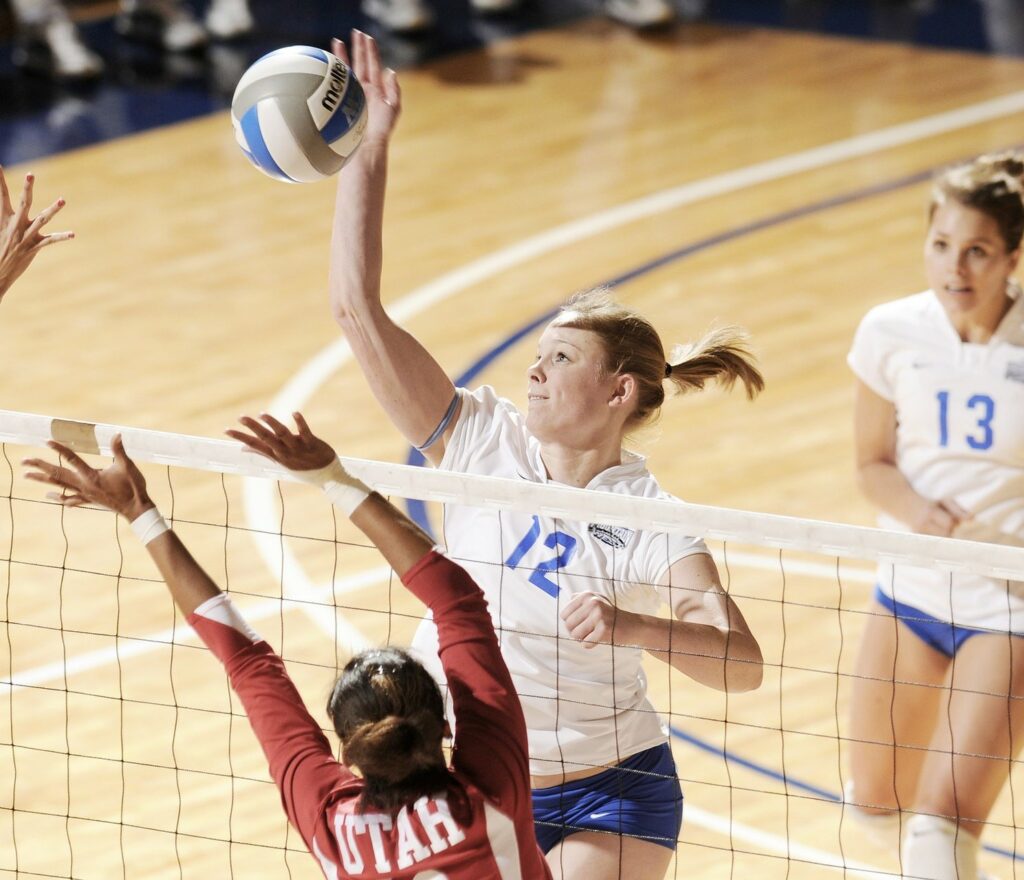Knee Pain & Osgood-Schlatter Disease in Children: Causes, Symptoms & Treatments
Children and teenagers active in sports often face bumps, bruises, sprains, and strains. They learn to push through challenges and discomfort. However, they can usually distinguish between soreness and a real injury, such as Osgood Schlatter Disease. This common condition, also known as tibial tubercle apophysitis, frequently affects young athletes, causing knee pain that should not be ignored.
Dr. Eric Heiden, a Utah orthopedic surgeon and five-time Olympic gold medalist in speed skating, has been an athlete his entire life. He has first-hand knowledge of what it’s like to be injured in your youth – and how difficult it can be for kids to stop participating in their sport in order to heal fully and properly.
While this disease is a common cause of knee pain in active kids, it’s important to know if and/or when to see a knee specialist for your child’s injury.

What is Osgood-Schlatter disease?
If your child is experiencing knee pain and swelling below the knee joint and over the shin bone, he or she may have Osgood-Schlatter disease. A common overuse condition in adolescents – particularly in athletes – this disease causes inflammation of the patellar tendon (the tendon that connects the lower end of the knee cap to the upper part of the tibia, or shin bone).
Osgood-Schlatter disease occurs when there is a constant pulling on the patellar tendon where it attaches to the knee.
Why does my child have Osgood-Schlatter disease?
According to Harvard Health Publishing, up to 20% of adolescent athletes develop the condition some time between the ages of 10 and 18.

You may be wondering why this condition develops most commonly in adolescents. The answer is fairly simple: the patellar tendon is particularly vulnerable to repetitive stress injuries while the tibia bone is growing rapidly and the tendon is relatively short. In other words, your child’s growth spurt can be partially to blame. This teenage growth spurt is typically seen in 10 to 16-year-old boys and 11 to 18-year-old girls.
Sports that involve a lot of running, squatting, jumping and stadium step training – such as football, volleyball, basketball, track and field, gymnastics, soccer and dance – can put a lot of repeated stress on this vulnerable area of the knee. Tight quadriceps (front thigh) muscles and tight hamstrings (back thigh) muscles can contribute to Osgood-Schlatter disease, as tight muscles increase the pulling on the patellar tendon.
Is the condition permanent?
No. Osgood-Schlatter disease is a temporary condition caused by repetitive stress. While some people may have very short-term symptoms, this condition typically lasts for six to 18 months.
Osgood-Schlatter Disease Symptoms & Diagnosis
Osgood-Schlatter disease symptoms are fairly straightforward:
- Pain, swelling and tenderness just below the kneecap at the top of the shin bone
- A bony bump at the top of the shin bone
- Redness and warmth below the kneecap
- Limping
In addition to a physical exam and reviewing your child’s symptoms, a knee specialist may want to take X-rays, bone scans or a magnetic resonance imaging (MRI) scan to rule out any other conditions.

In addition to a physical exam and reviewing your child’s symptoms, a knee specialist may want to take X-rays, bone scans or a magnetic resonance imaging (MRI) scan to rule out any other conditions.
Osgood-Schlatter Disease Treatment
In nearly every case, the treatment for this condition is nonsurgical. Your child’s knee specialist will determine the best course of treatment based on the severity of the condition.
Treatments include:
- Reducing or stopping related activities
- RICE: rest, ice, compression, elevation
- An Osgood-Schlatter disease brace
- Heating pad before activity
- Protective knee pads or shin guards
- Nonsteroidal anti-inflammatory drugs (NSAIDs)
- Specialized Osgood-Schlatter disease physical therapy and stretching to strengthen and increase flexibility of the quadriceps and hamstrings
In rare cases, the pain may persist despite nonsurgical treatment. If the pain hasn’t stopped once the adolescent stops growing, surgery may be necessary.
If your child is experiencing knee pain and you’d like to speak to a knee specialist, please contact us. Dr. Heiden or another doctor at our Tooele orthopedic clinic will be happy to answer your questions.
1 Comment
Permalink
I’m wondering if you have data on OSD from different parts of the world, particularly from Asia, where sitting on the floor / squatting (Asian squats) are very common. In my opinion, OSD, is a mobility issue or the lack of mobility. I’ve resolved many OSC, plantar fasciitis, shin splint / stress reaction, conditions by strictly working on ankle, knee, hip mobility and bone rhythm.
For young athletes, especially around 9yrs old, it’s best to stress full ankle, knee, hip contraction and full extension, as part of their stretching routine, so that SAID principle sets, as their body grows. As an assessment, if a young athlete cannot perform an Asian squat, they are more prone to OSD, and foot related pain issues.